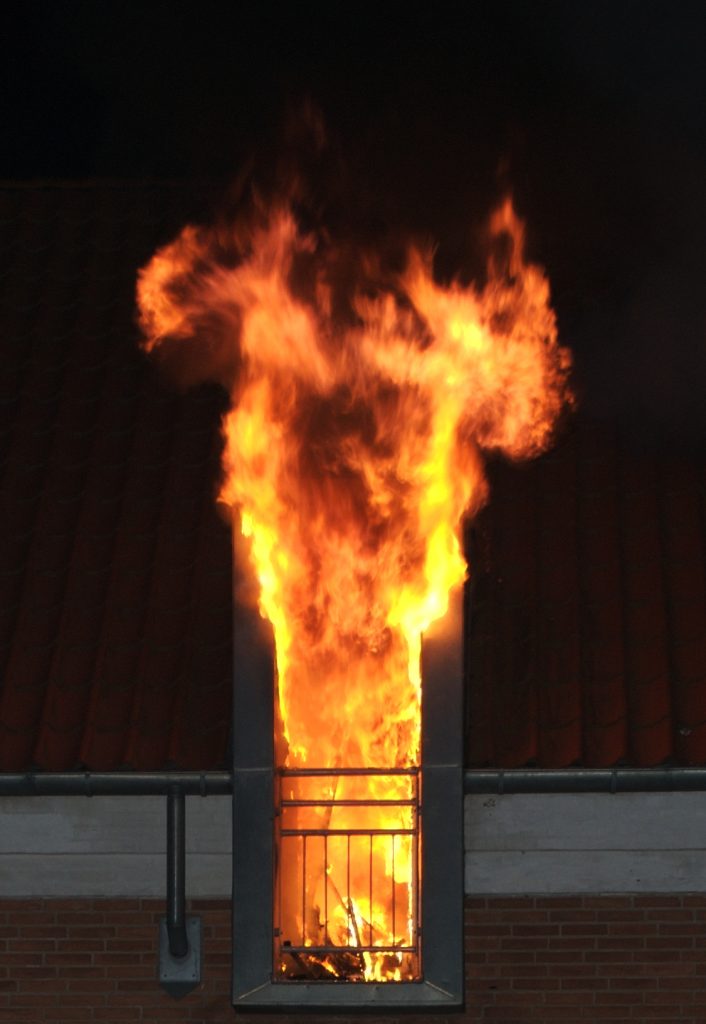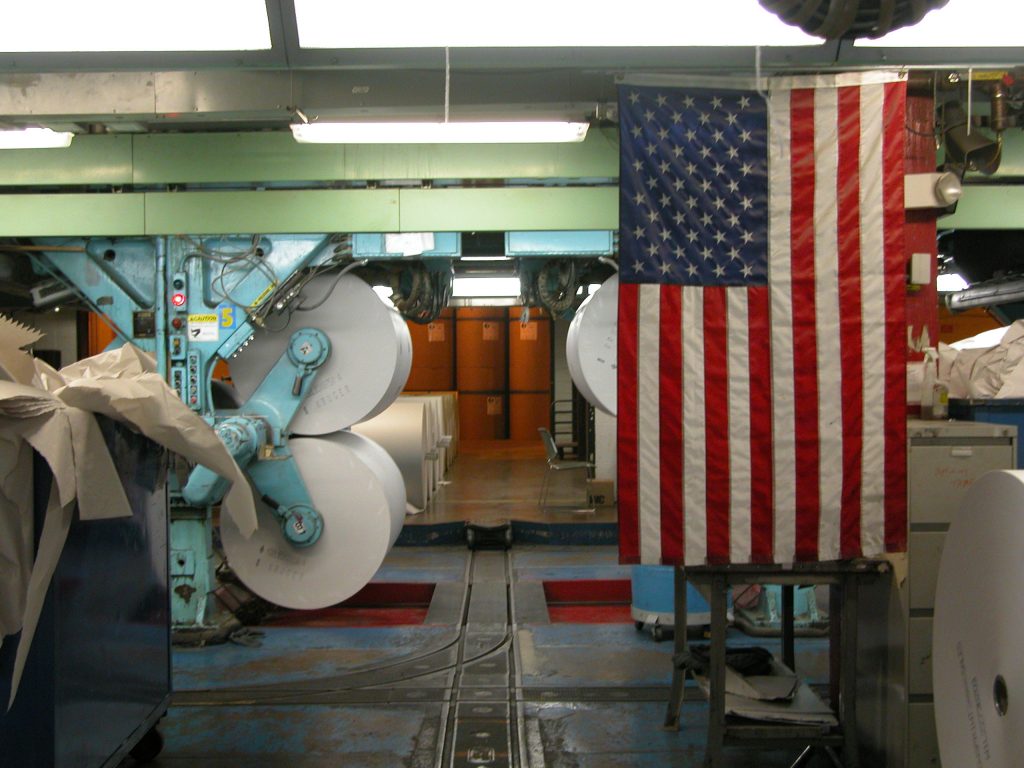 The case may have seemed simple enough to the courts at first: interpret a contract. The main question in the case before the U.S. Court of Appeals for the Fifth Circuit was whether to apply the business’ projected income versus the actual income when calculating the coinsurance reward. The Court had to determine whether the language in the insurance policy and contract was clear as to which income it referred to. The Court applied Louisiana law, and indicated that courts must apply the contract as a whole, rather than in separate parts. The Court also applied the same law, which prior Louisiana Supreme Court decisions established, in determining that a court must enforce a contract as it is written when the contract’s meaning is clear and unambiguous.
The case may have seemed simple enough to the courts at first: interpret a contract. The main question in the case before the U.S. Court of Appeals for the Fifth Circuit was whether to apply the business’ projected income versus the actual income when calculating the coinsurance reward. The Court had to determine whether the language in the insurance policy and contract was clear as to which income it referred to. The Court applied Louisiana law, and indicated that courts must apply the contract as a whole, rather than in separate parts. The Court also applied the same law, which prior Louisiana Supreme Court decisions established, in determining that a court must enforce a contract as it is written when the contract’s meaning is clear and unambiguous.
Advance Products & Systems, Inc., (APS) of Scott, Louisiana, purchased an insurance policy in from Mt. Hawley Insurance Company in November of 2009 for its commercial property. Mt. Hawley Insurance Company is an Illinois company with a Baton Rouge agent. A fire damaged APS’s facility in September of 2010, about ten months after Mt. Hawley issued the policy. A dispute subsequently arose between Mt. Hawley and APS during the claims-adjustment process, and Mt. Hawley then sued APS in a Louisiana federal court – the United States District Court for the Western District of Louisiana. Mt. Hawley had the option to sue in federal court since the two parties were incorporated in different states.
The dispute stemmed from two provisions in the insurance policy. The first provision involved coverage for income lost – business income coverage; the second, a coinsurance clause, required APS to be responsible for a percentage of certain losses because APS chose to purchase a limited level of coverage, as opposed to the full value of its income. The policy applied the coinsurance clause as a penalty when the policy limit amounted to less than 90 percent of the sum of the net income and operating expenses ‘that would have been earned or incurred’ over a 12-month period. APS’s coverage limit was $500,000; whereas it claimed to have lost $723,109 of income as a result of the fire.
 Louisiana Personal Injury Lawyer Blog
Louisiana Personal Injury Lawyer Blog


 It costs money to file a lawsuit against a party who has wronged you, and it also costs money to defend yourself when another party brings a lawsuit against you. Imagine taking on those costs only to lose the case in the end — and then imagine having to also pay for the winner’s attorney’s fees.
It costs money to file a lawsuit against a party who has wronged you, and it also costs money to defend yourself when another party brings a lawsuit against you. Imagine taking on those costs only to lose the case in the end — and then imagine having to also pay for the winner’s attorney’s fees. It seems that asbestos can be toxic not only to people, but also to companies as well. Anco sold, distributed, repaired, and installed insulation materials containing toxic asbestos that can cause mesothelioma and cancer from 1972 until the early 1980’s. The company based in Louisiana conducted business in Louisiana, Mississippi and Texas during that time. As a result, it has faced upwards of 2700 lawsuits across the three states.
It seems that asbestos can be toxic not only to people, but also to companies as well. Anco sold, distributed, repaired, and installed insulation materials containing toxic asbestos that can cause mesothelioma and cancer from 1972 until the early 1980’s. The company based in Louisiana conducted business in Louisiana, Mississippi and Texas during that time. As a result, it has faced upwards of 2700 lawsuits across the three states. Discrimination can come in many forms and if you are faced with a potential workplace discrimination issue it is important to take your concerns to a good lawyer because the contours of discrimination cases can be very complicated.
Discrimination can come in many forms and if you are faced with a potential workplace discrimination issue it is important to take your concerns to a good lawyer because the contours of discrimination cases can be very complicated. Renting a U-Haul truck can be a necessary burden when you are tasked with moving a lot of stuff from place to place. During the rental process you might be asked whether or not you want supplemental insurance policies. But who do you sue when an accident happens? In the following case out of New Orleans, Louisiana one plaintiff finds out who definitely cannot be sued when a U-Haul and Fedex truck collide.
Renting a U-Haul truck can be a necessary burden when you are tasked with moving a lot of stuff from place to place. During the rental process you might be asked whether or not you want supplemental insurance policies. But who do you sue when an accident happens? In the following case out of New Orleans, Louisiana one plaintiff finds out who definitely cannot be sued when a U-Haul and Fedex truck collide. When attempting to bring a lawsuit in court, timing is everything. If a potential claim is brought too late your day in court may never come. However, Louisiana courts of law are generous in extending the deadline to file a lawsuit in instances of fraud. In the following case out of Jefferson Parish Louisiana, a Plaintiff learned that the deadline to file a legal malpractice lawsuit can be relaxed when fraud is employed to hide negligent representation.
When attempting to bring a lawsuit in court, timing is everything. If a potential claim is brought too late your day in court may never come. However, Louisiana courts of law are generous in extending the deadline to file a lawsuit in instances of fraud. In the following case out of Jefferson Parish Louisiana, a Plaintiff learned that the deadline to file a legal malpractice lawsuit can be relaxed when fraud is employed to hide negligent representation.
 Would you expect a routine trip to your local grocery store to end with a herniated disc and a possible need for surgery? Probably not. Trips to the grocery store are often without incident. However, people
Would you expect a routine trip to your local grocery store to end with a herniated disc and a possible need for surgery? Probably not. Trips to the grocery store are often without incident. However, people 
